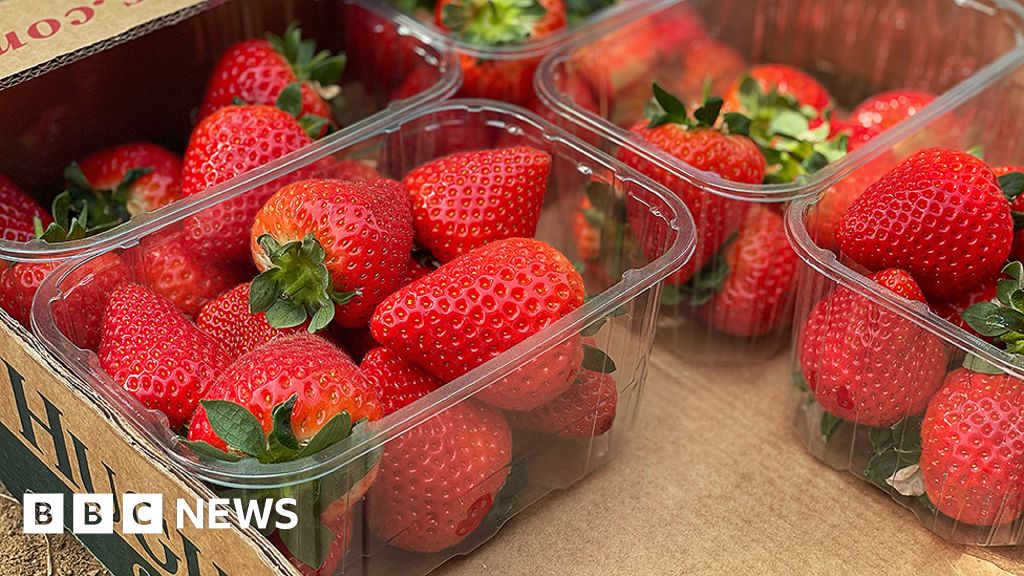Whether their favorite players win or lose, fans travel to The Wimbledon Tennis Championships for the meal that has become a hallmark of the event: strawberries and cream. During the Wimbledon fortnight, around 100,000 punnets of strawberries and 7000 litres of cream are consumed. Scientists in the United Kingdom have developed a new strawberry type in the hopes of extending the delight of these ravenous snackers throughout the summer and into the fall. The Malling Ace is the newest berry to hit the market. Researchers at NIAB in East Malling, Kent – the UK’s largest horticulture research and development centre – have been tinkering with strawberry varieties for the past six years in the hopes of finding one that not only appeals to British palates, but also makes growing and harvesting easier for growers. “It has a great, juicy flavor and a large fruit size. It also produces a lot of results “Adam Whitehouse, NIAB’s senior fruit breeder, agrees. Strawberry plants for the UK market are generally divided into two types: June bearers, which yield fruit during the summer months, and ever bearers, which produce berries until October. June bearers are the berries that most people are familiar with because they dominate supermarket shelves from May to July. Ever bearing types, on the other hand, have been less popular, according to Whitehouse, because they haven’t been able to yield the juicy, delicious fruit that customers desire. All of that, he hopes, will be changed by The Ace. Aside from that, the plant’s design has another benefit. Because the Ace grows in a way that sends leaves to the top and fruit to the bottom, bees have an easier time pollinating the blooms. The berries will then grow on individual shoots rather than in a cluster, making harvesting easier. This improves speed and efficiency, potentially saving farmers money on labor, which is one of their most expensive production expenditures. This could be good news for British farmers who are having trouble getting workers, thanks in part to Brexit, the United Kingdom’s exit from the European Union. “We are starting to hear about labor shortages on farms across the country of anywhere from 5-15 percent,” says Nick Marston, chairman of the British Summer Fruits organization, which represents the country’s soft-fruit growers. The coronavirus epidemic, according to Marston, has also had an impact on picking. Farms were able to hire personnel who had been laid off or furloughed from other businesses in 2020. According to Marston, this amounted to around 10% of the horticulture workforce. However, with the economy largely reopened and hospitality and construction workers returning to work, there are fewer domestic workers available to assist with the summer harvest this year. According to Marston, labor shortages will continue to be a long-term issue for the business, so any advances in strawberry cultivation and production might go a long way toward alleviating the burden. “It’s about having a long season and having good fruit,” he explains. “It’s about developing a plant that presents the fruit well to the picker, and as much of that fruit as possible being fit for a shop punnet.” So, when can you expect to see the Ace’s bright red berries in a supermarket punnet near you? According to Whitehouse, the plants will be distributed to growers this year, who will subsequently reproduce them to increase their plant inventories. This means that some strawberries could be available to the public as early as next year, with store distribution beginning in 2023. Horticulture is a type of agricultural in the United Kingdom. Wimbledon East Malling is a town in the East Malling district/n
Read MoreWhy strawberry experts are hoping to serve up an Ace
2021-07-09T21:07:22-04:00July 9th, 2021|





